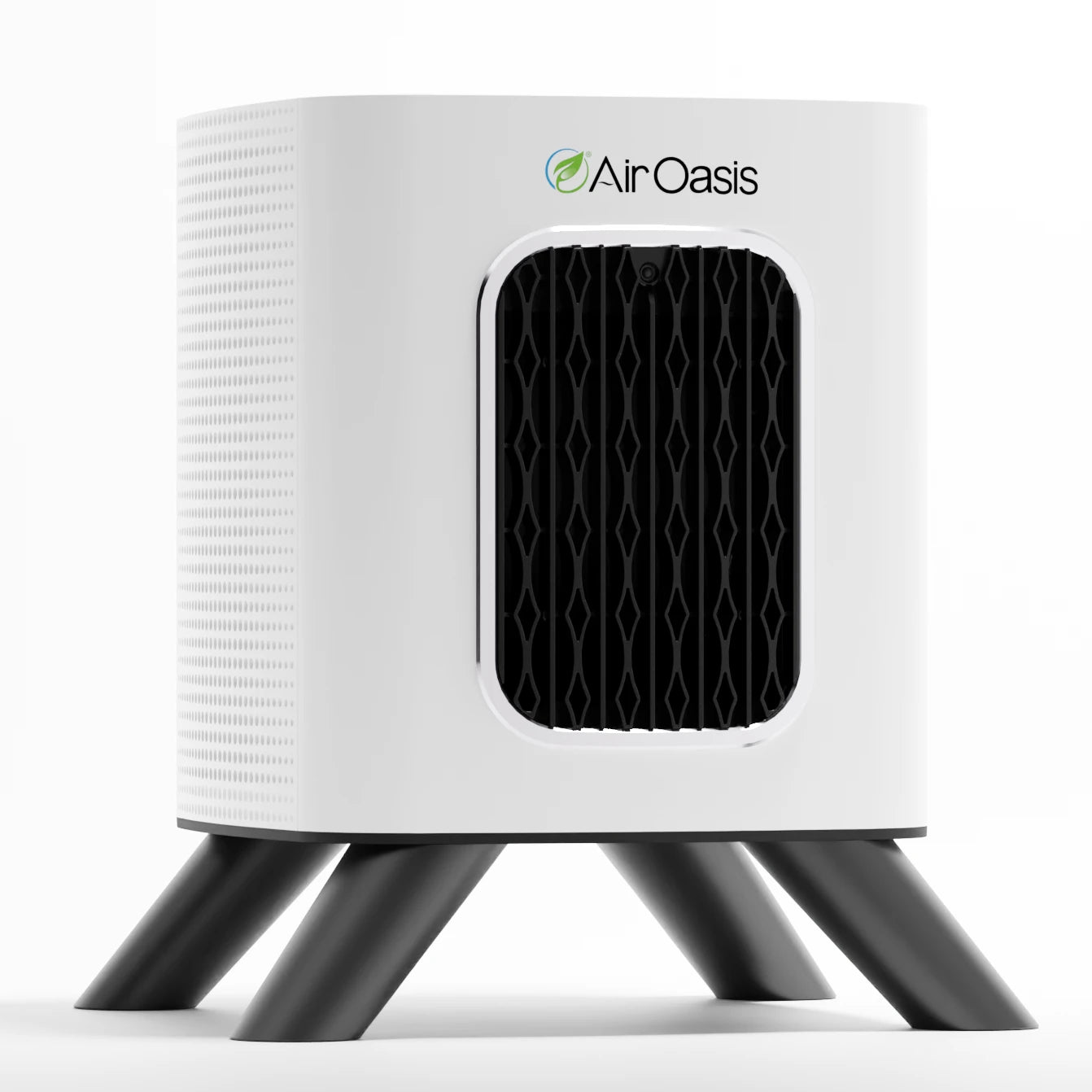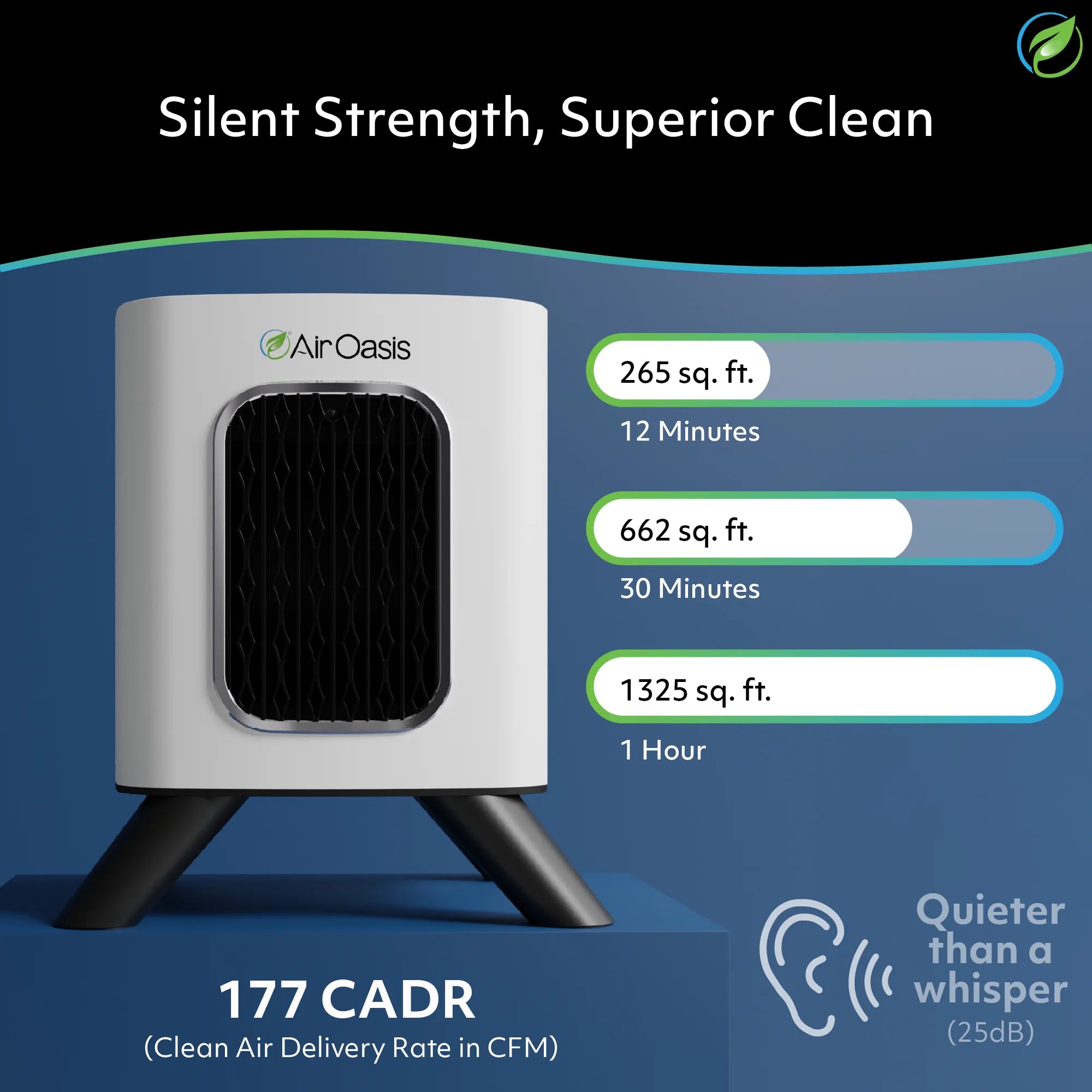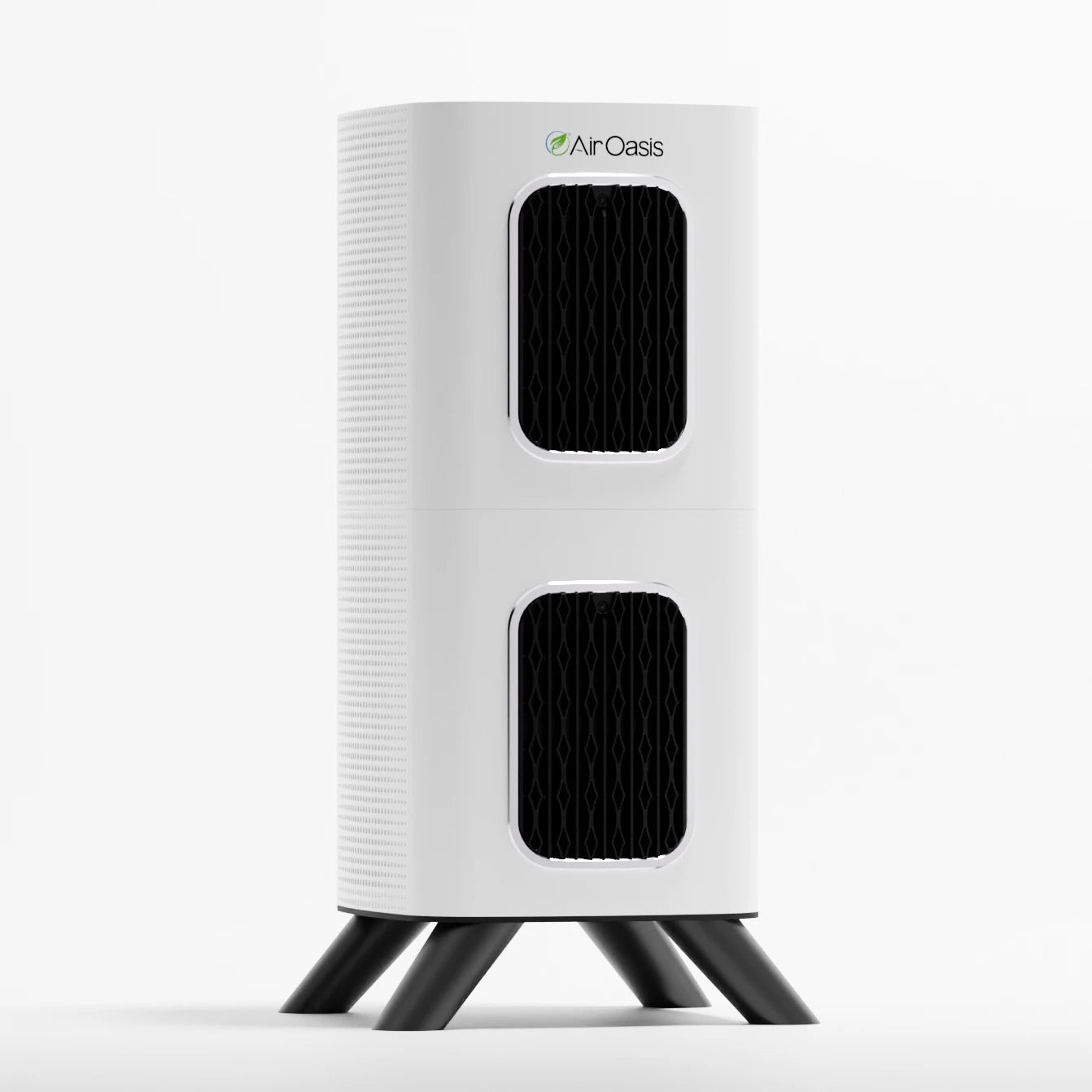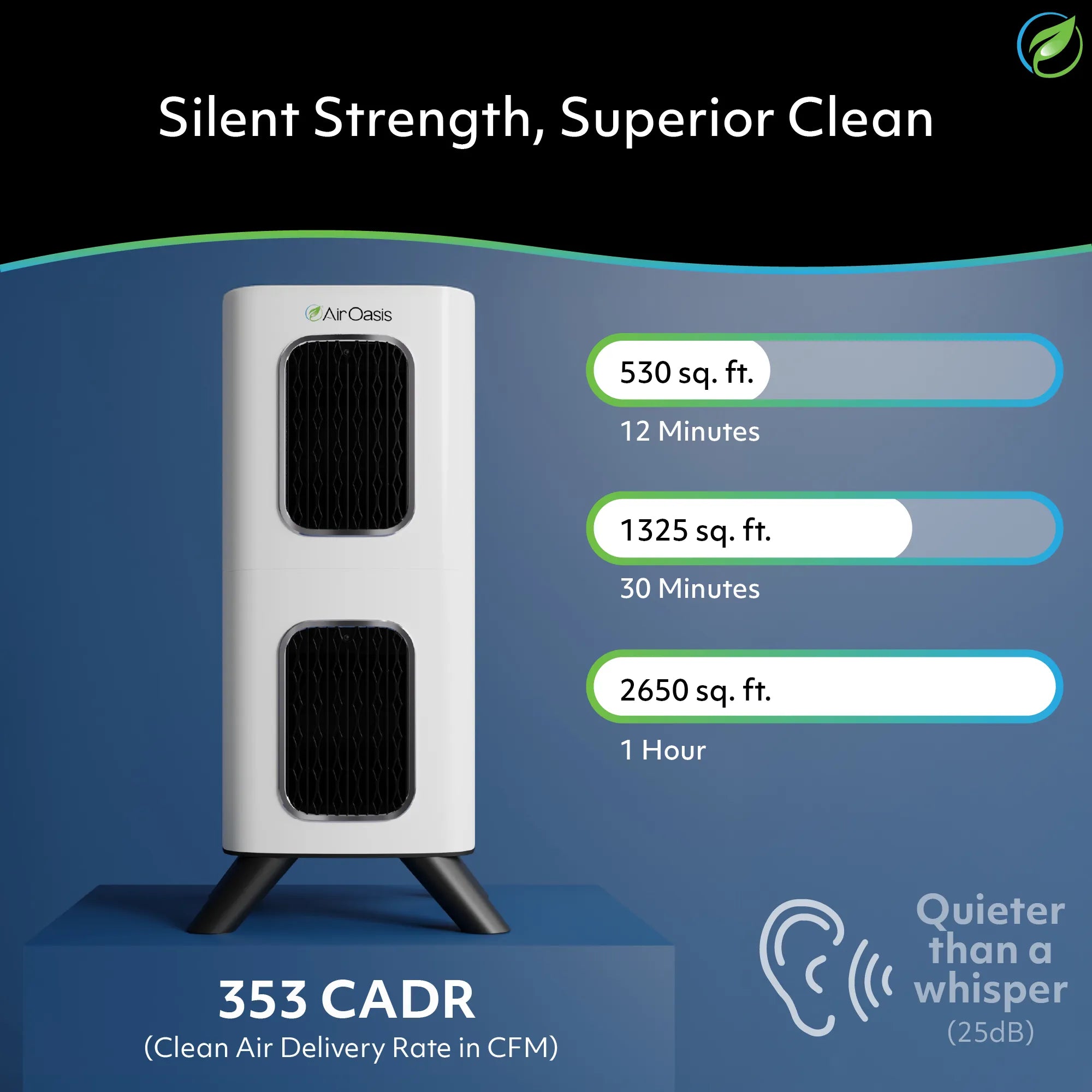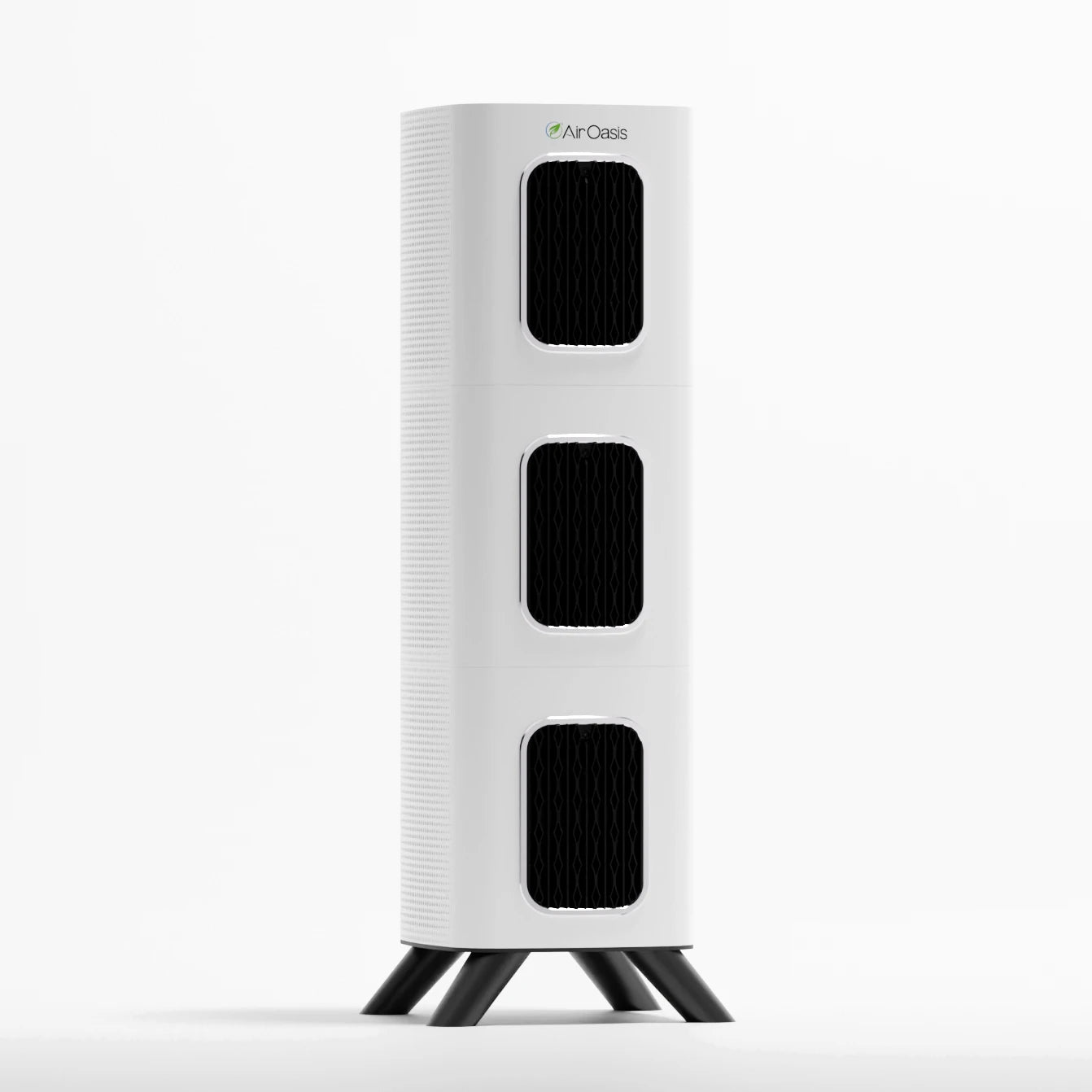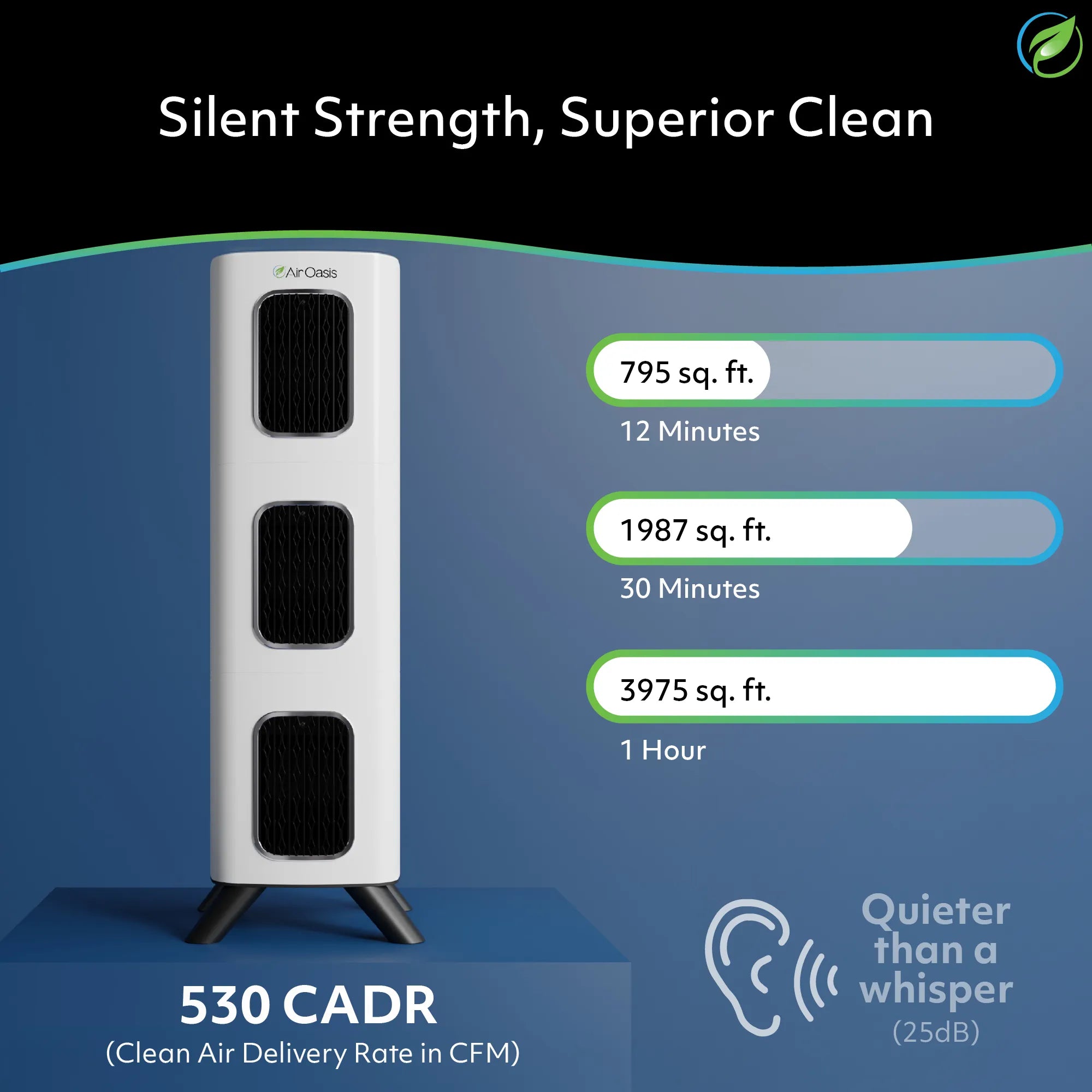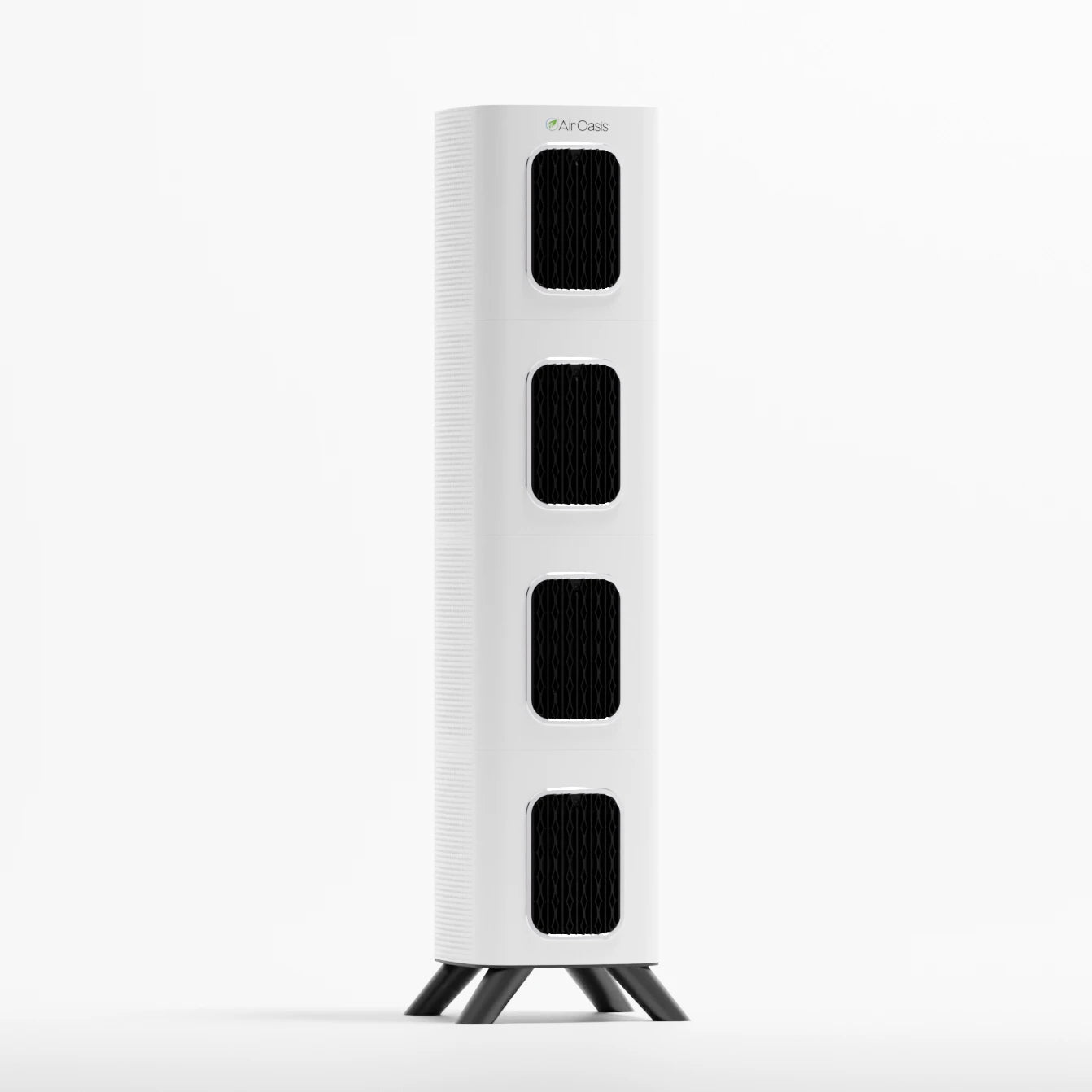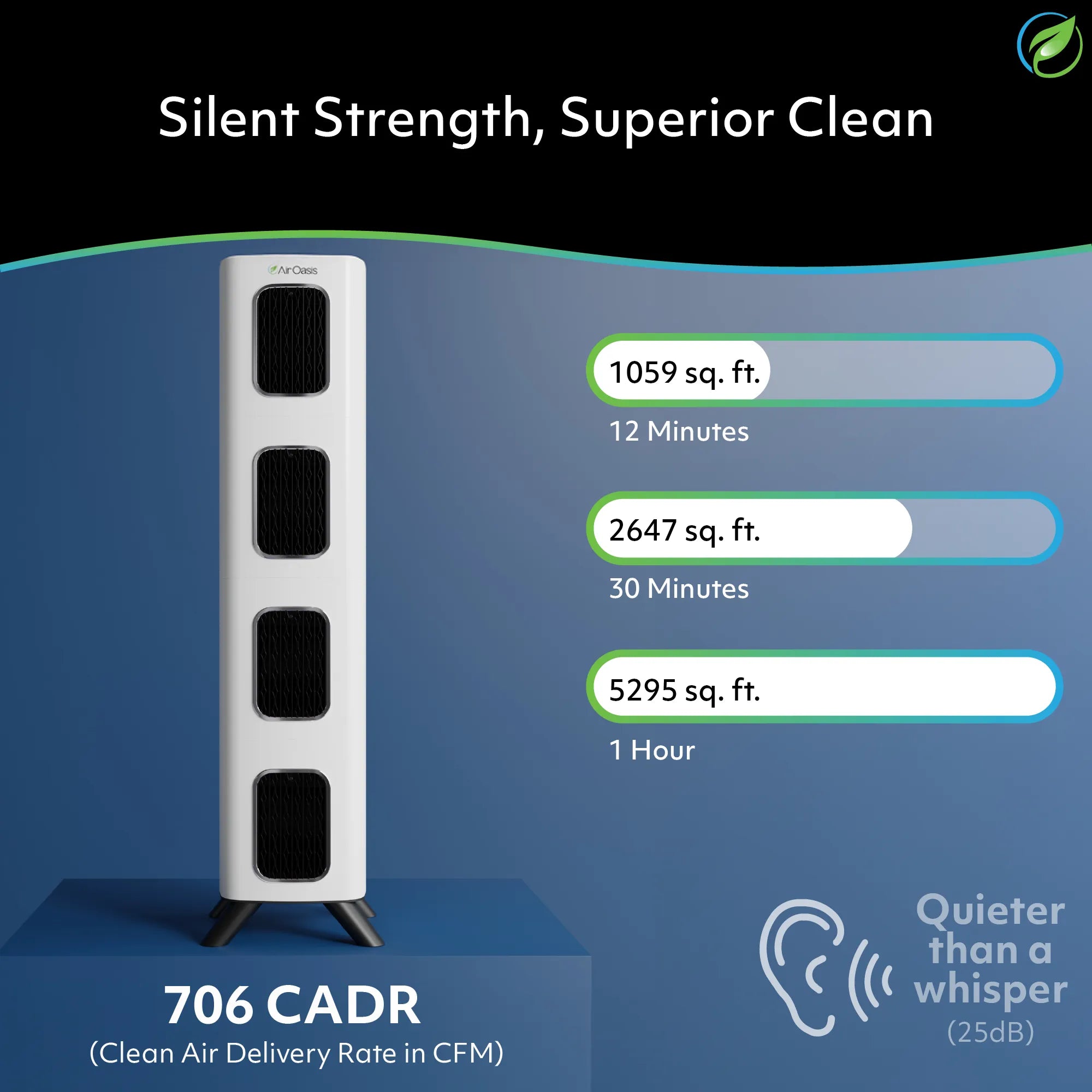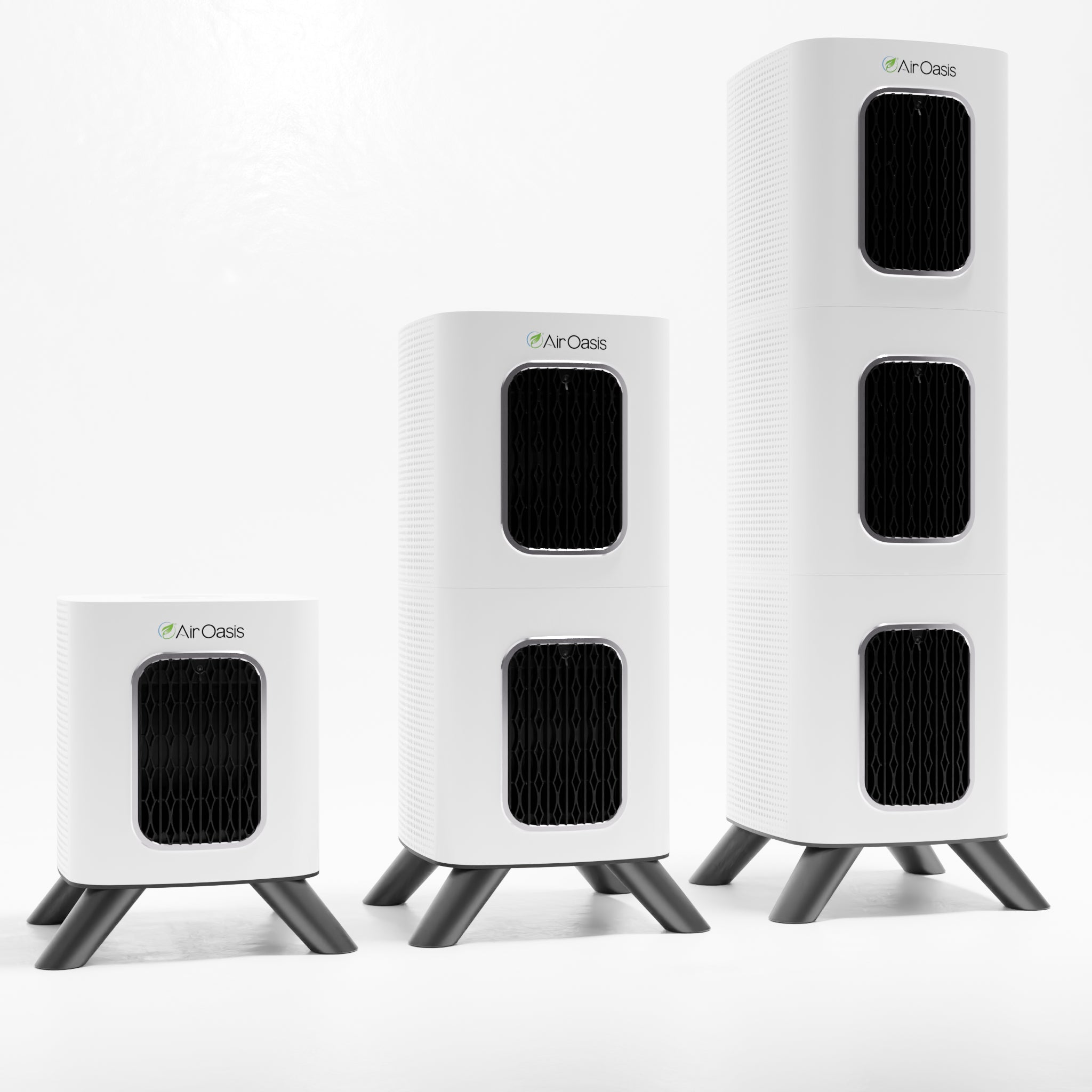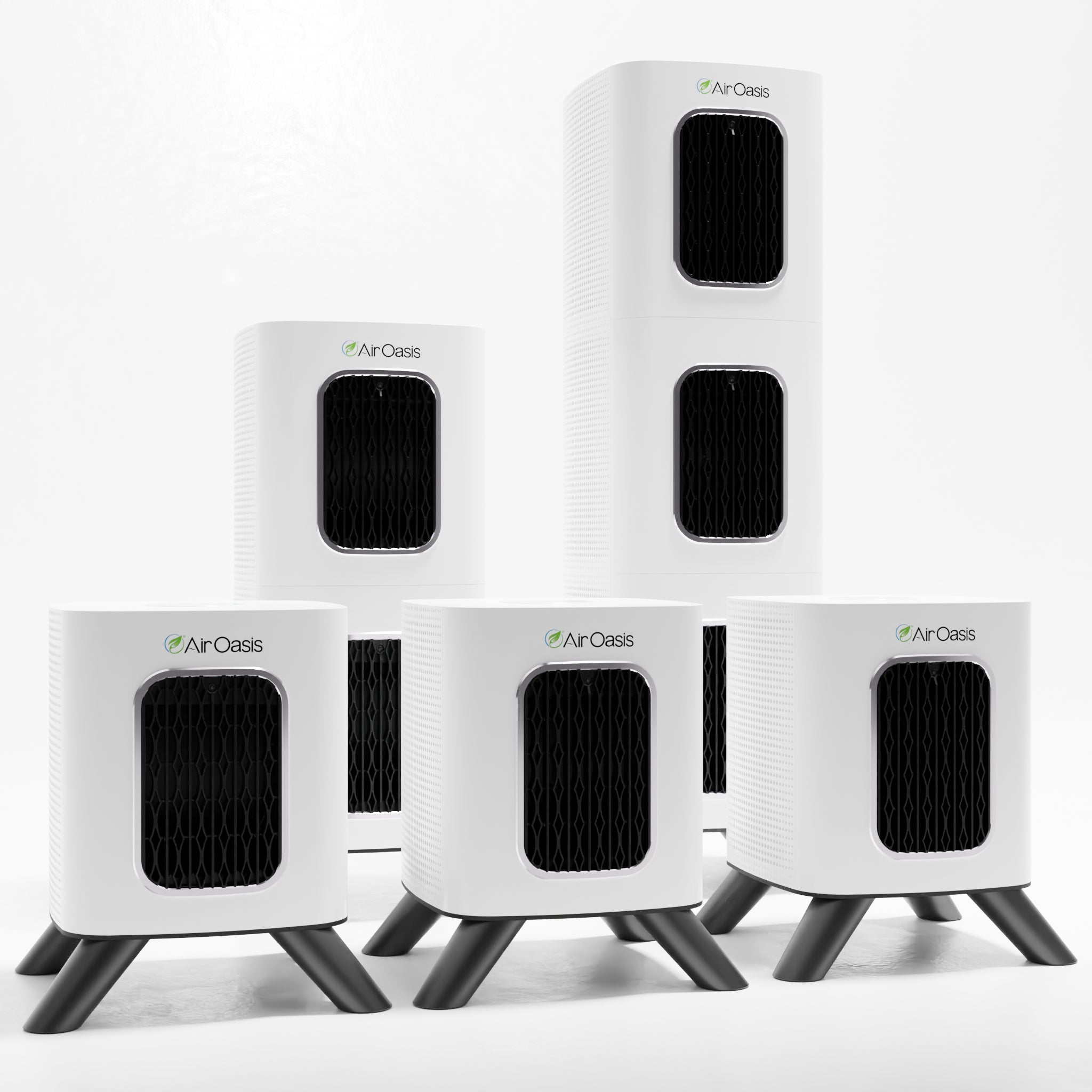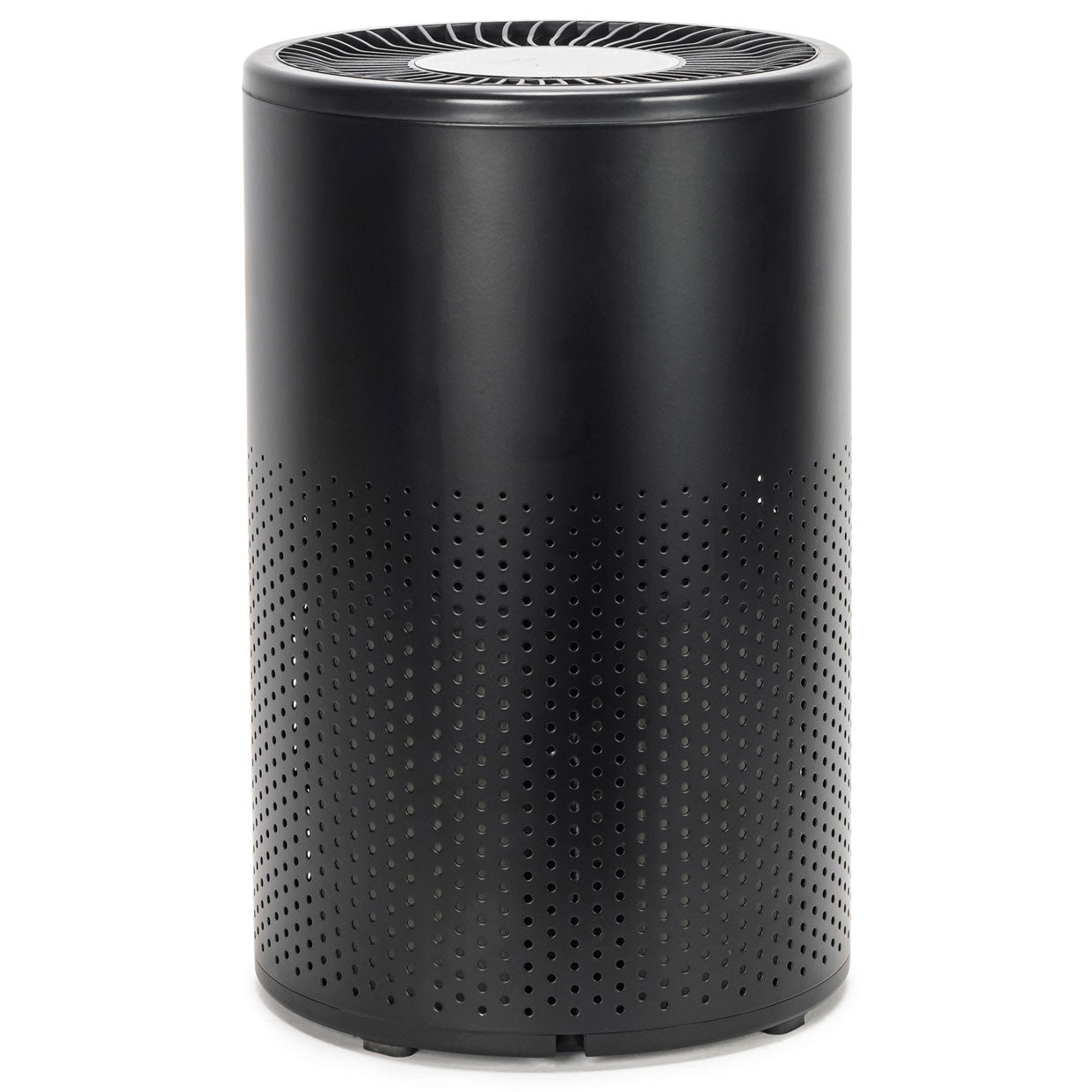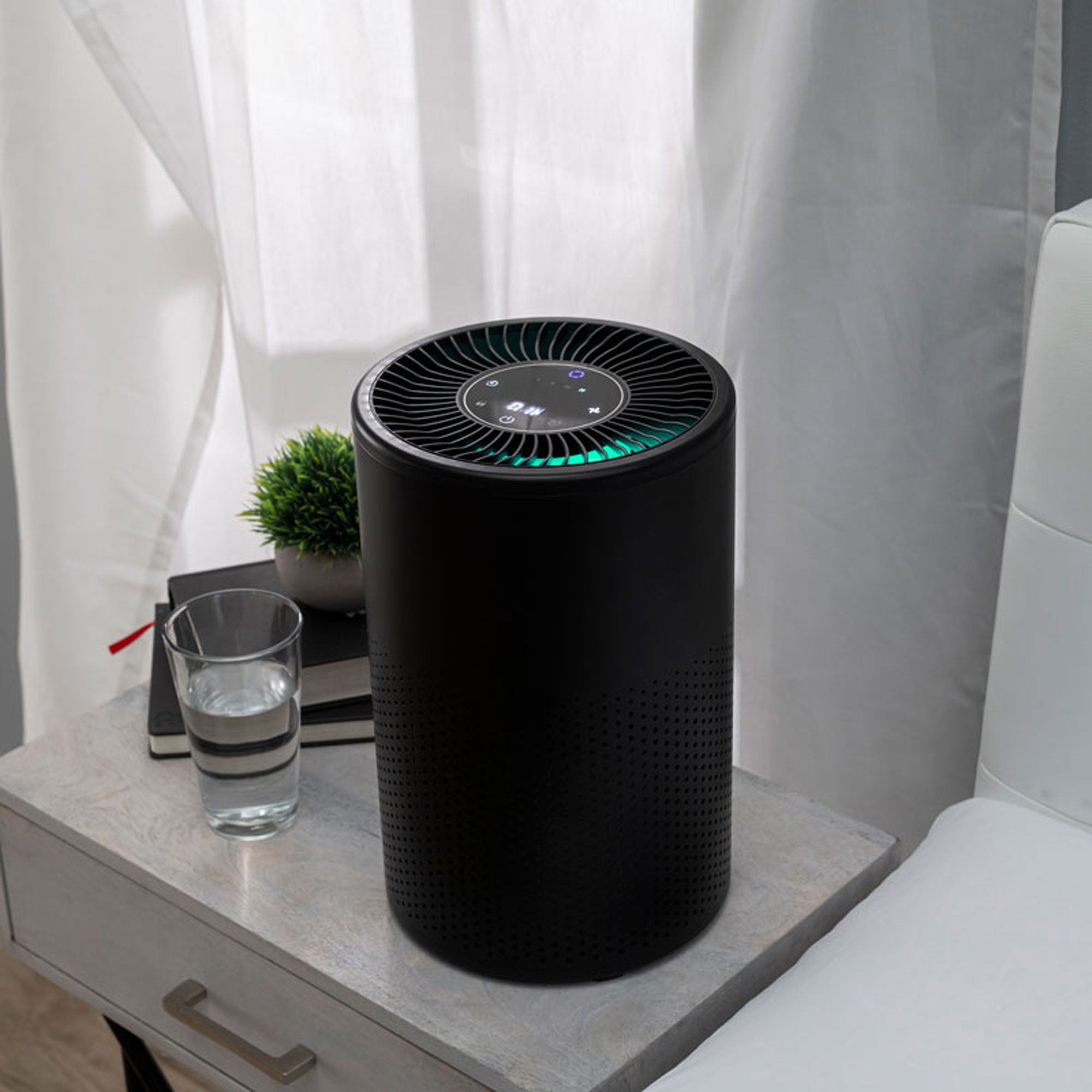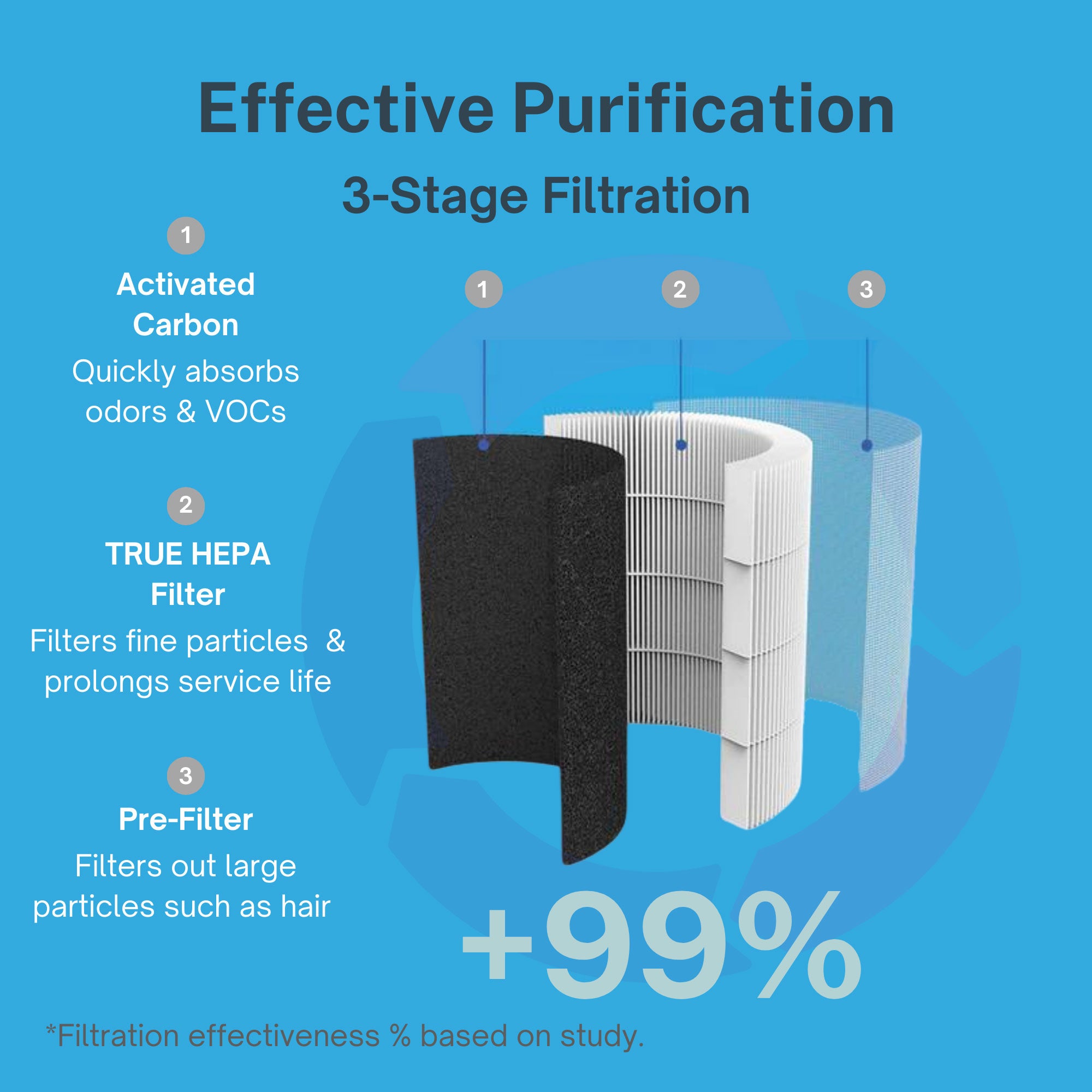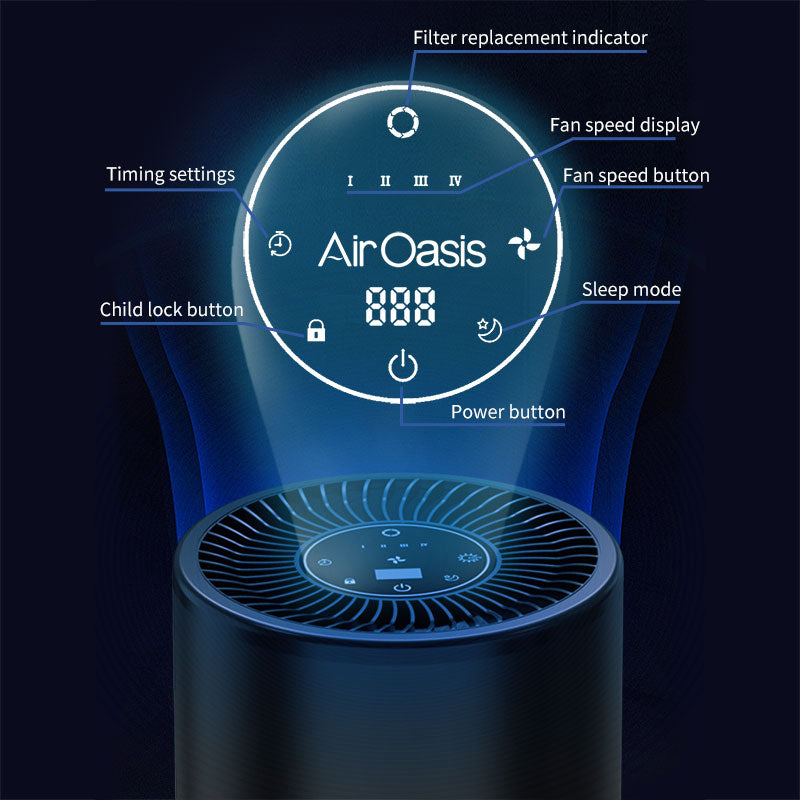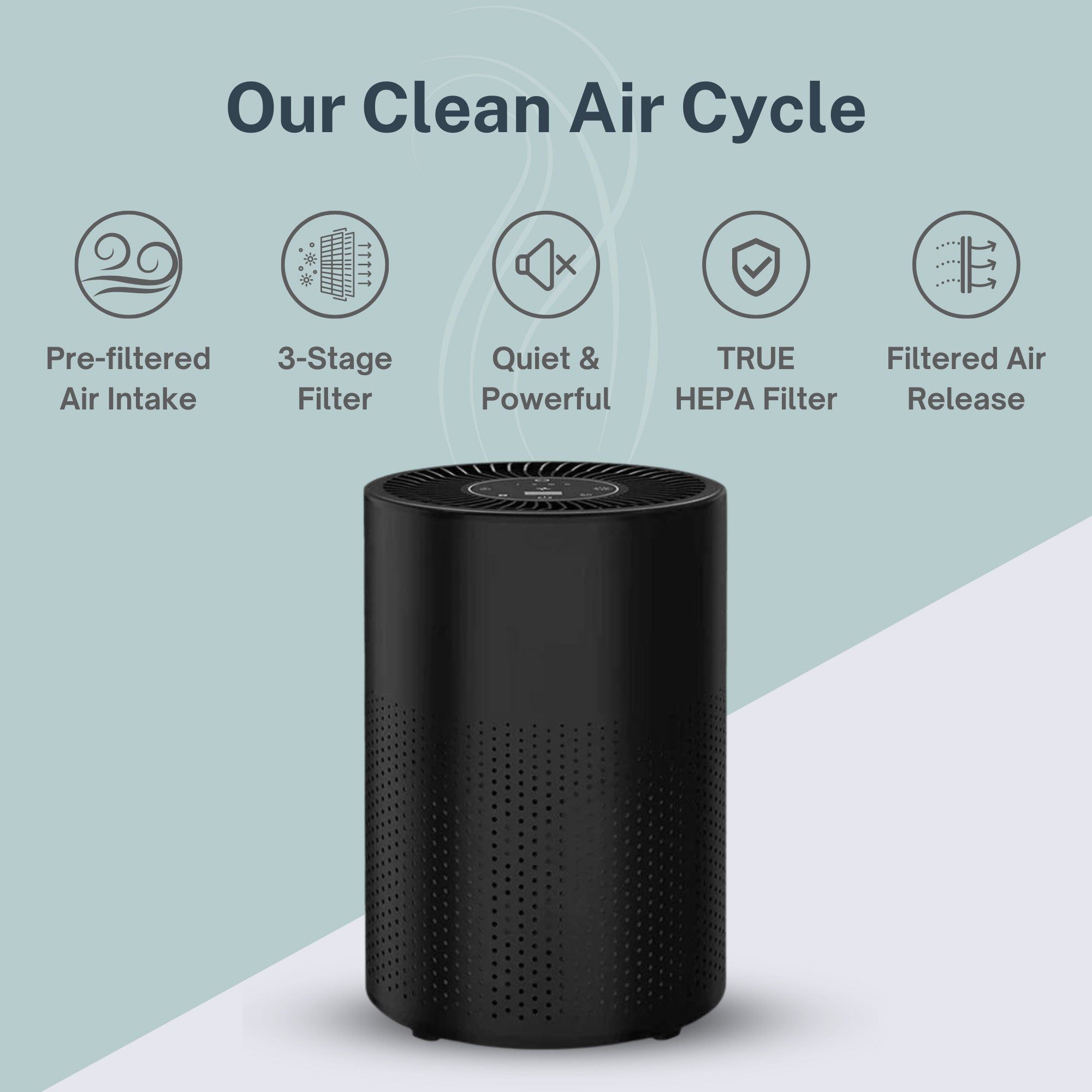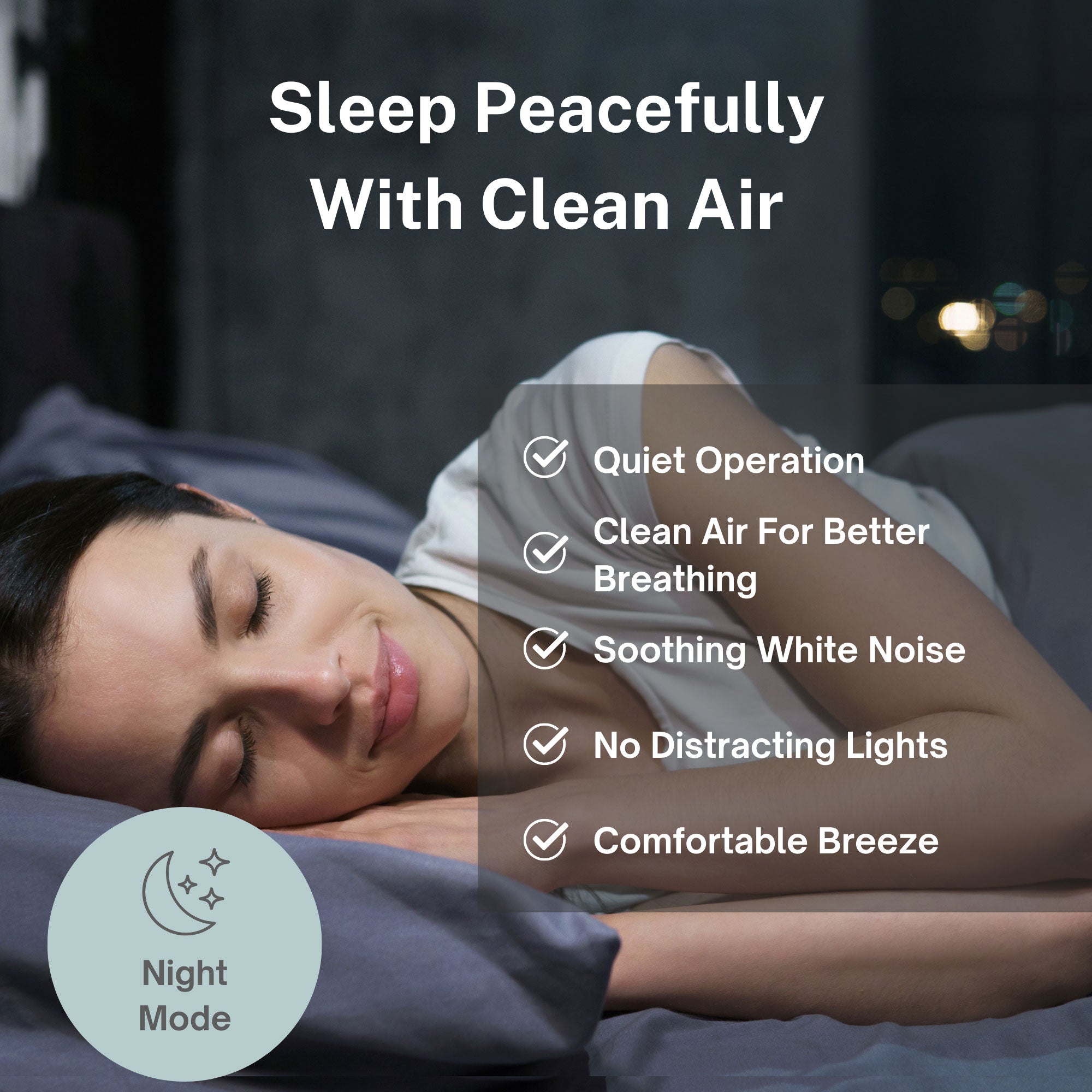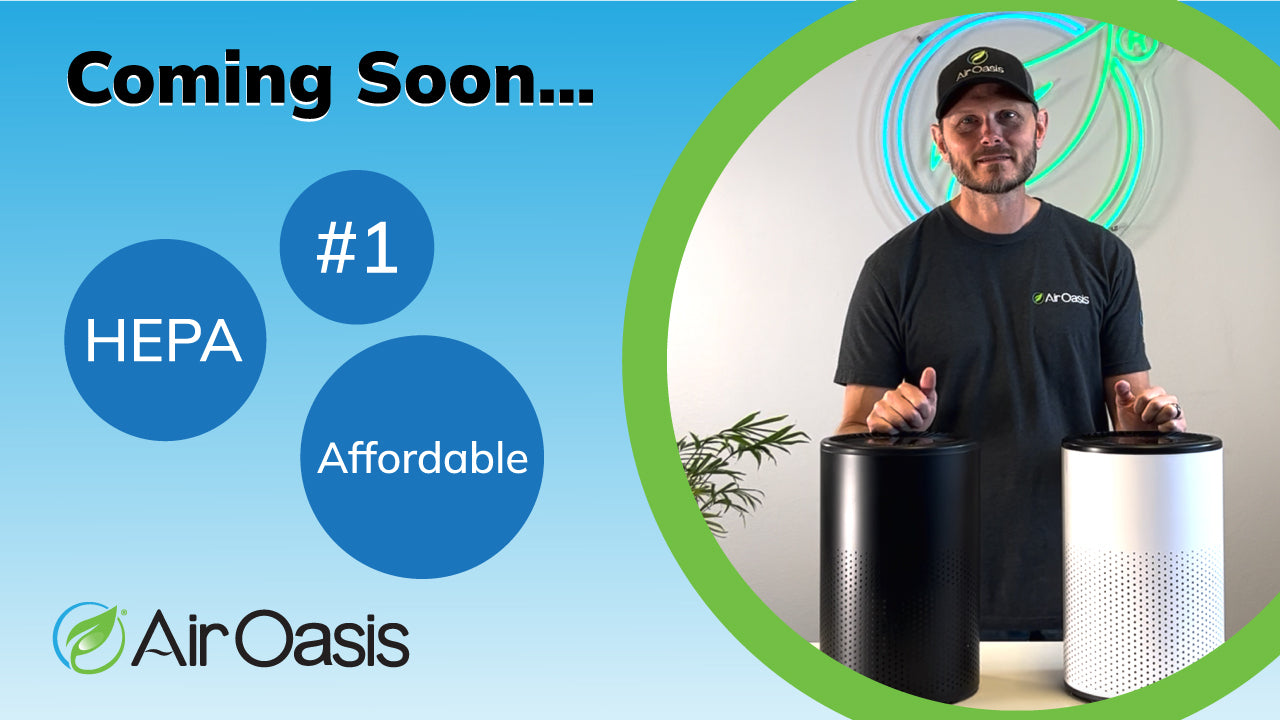WHO's 2025 Roadmap Targets 50% Reduction in Air Pollution Deaths: How This Affects Your Health Strategy
The World Health Organization has just unveiled an ambitious new roadmap that could fundamentally change how we approach air quality and personal health protection. In January 2025, WHO released its updated global response plan targeting a dramatic 50% reduction in air pollution-related deaths by 2040, compared to 2015 baseline levels. For health-conscious individuals who understand that clean air forms the foundation of optimal wellness, this comprehensive roadmap offers both validation of their proactive approach and strategic insights for enhancing their personal health protection strategies. The initiative represents the most significant global commitment to air quality health protection in decades, with implications that extend far beyond policy into everyday wellness planning.
WHO's Ambitious Global Health Target
The World Health Organization's new roadmap establishes an unprecedented global target that reflects the growing recognition of air pollution as one of the most critical environmental health threats of our time. The 50% mortality reduction goal addresses a staggering reality: air pollution currently contributes to millions of deaths worldwide, with 85% of these fatalities attributed to noncommunicable diseases including heart disease, stroke, chronic obstructive pulmonary disease, and lung cancer.
According to WHO's comprehensive analysis, air pollution represents a leading environmental risk factor that systemically impacts the human body throughout the life course. The organization's data reveals that breathing polluted air in both outdoor and indoor environments significantly increases risks for children's developmental health, adverse pregnancy outcomes including low birth weight, neurocognitive development issues, asthma, and various cancers. These findings underscore why health-conscious individuals have increasingly prioritized air quality as a cornerstone of their wellness strategies.
The roadmap's timeline extends from 2025 to 2030 for immediate implementation, with the ultimate mortality reduction target set for 2040. This structured approach acknowledges that meaningful air quality improvements require sustained, coordinated efforts across multiple sectors. For individuals focused on personal health optimization, this timeline provides a framework for understanding how global air quality improvements will evolve and how personal air quality management strategies should adapt accordingly.
The WHO initiative aligns with the organization's Fourteenth General Programme of Work by integrating actions that promote low-carbon societies and primary healthcare approaches to environmental health determinants. This comprehensive strategy recognizes that air pollution control delivers multiple benefits beyond respiratory health, supporting cardiovascular wellness, cognitive function, and immune system optimization that health-conscious individuals actively pursue through their lifestyle choices.
The Four Pillars of Air Quality Health Protection
WHO's roadmap establishes four fundamental categories that provide a comprehensive framework for addressing air pollution's health impacts: knowledge and evidence, measuring progress, institutional capacity-strengthening, and global leadership and coordination. These pillars offer valuable insights for health-conscious individuals seeking to optimize their personal air quality management strategies.
The knowledge and evidence pillar focuses on building, synthesizing, and disseminating research relating to air pollution's health impacts and the effectiveness of interventions to address these challenges. For health-conscious individuals, this emphasis on evidence-based approaches validates the importance of understanding the science behind air quality's effects on wellness outcomes. The WHO framework promotes innovation and research that evaluates cost-effectiveness and undertakes comprehensive analyses of interventions, providing the type of rigorous, data-driven insights that inform optimal personal health decisions.
Measuring progress represents the second critical pillar, enhancing systems and processes needed to monitor health impacts associated with air pollution exposure. This systematic approach to tracking air quality changes and health outcomes provides a model for personal health monitoring that health-conscious individuals can adapt for their own wellness optimization. The emphasis on establishing baseline measurements and routine monitoring aligns with the quantified self movement and personal health tracking that many wellness enthusiasts already employ.
The institutional capacity-strengthening pillar builds healthcare sector ability to understand, analyze, and influence air pollution-related health outcomes while providing guidance to patients and communities. This framework supports the growing trend of health-conscious individuals seeking healthcare providers who understand environmental health factors and can provide comprehensive wellness guidance that includes air quality considerations.
Global leadership and coordination, the fourth pillar, enables coordinated responses to air pollution health risks while ensuring synergies with other global health processes. For individuals focused on personal wellness, this coordinated approach demonstrates the importance of comprehensive, systematic strategies rather than piecemeal approaches to air quality management. Air Oasis indoor air quality solutions exemplify this systematic approach by providing comprehensive air purification that addresses multiple pollutant categories simultaneously.
Air Pollution's Hidden Health Impacts on Wellness Goals
The WHO roadmap reveals sophisticated understanding of air pollution's effects that extend far beyond traditional respiratory concerns, encompassing metabolic, neurological, and developmental health impacts that directly affect the wellness goals pursued by health-conscious individuals. Recent research highlighted in the roadmap identifies knowledge gaps that require expanded investigation, including air pollution's impacts on metabolic systems such as diabetes development and neurological effects including dementia risk.
These emerging health connections validate the comprehensive wellness approach adopted by health-conscious individuals who recognize that environmental factors influence multiple body systems simultaneously. The WHO framework acknowledges that air pollution affects organ systems throughout the body, contributing to systemic inflammation and oxidative stress that can undermine various aspects of health optimization including energy levels, cognitive performance, and longevity goals.
The roadmap specifically addresses air pollution's impact on vulnerable populations, including pregnant women, infants, and children, recognizing that exposure during critical developmental periods can affect health outcomes throughout the life course. For health-conscious individuals planning families or concerned about protecting children's health, this research emphasis provides crucial insights into how air quality management supports optimal developmental outcomes and long-term wellness.
Indoor air pollution receives particular attention in the WHO framework, with recognition that household air quality significantly impacts health outcomes independent of outdoor environmental conditions. The organization promotes research into indoor environmental risks including radon exposure and other indoor chemicals, while exploring links between household and ambient air pollution. This focus on indoor environments validates the investment that health-conscious individuals make in comprehensive home air quality management systems.
The roadmap also examines health risks from different particulate matter components, including desert dust, black carbon, and sulfates, providing nuanced understanding of how various pollutant sources affect human health differently. This sophisticated approach to air quality health impacts supports personalized wellness strategies that account for specific environmental exposures and individual health goals.
Translating Global Health Policy Into Personal Action
The WHO roadmap's emphasis on health sector leadership in air pollution response provides a framework that health-conscious individuals can adapt for their personal wellness strategies. The organization's call for healthcare professionals to provide guidance on air pollution health risks and exposure reduction measures validates the proactive approach that wellness enthusiasts take in managing their environmental health factors.
WHO's framework promotes the integration of air pollution control actions into broader health prevention strategies, demonstrating how environmental health management supports comprehensive wellness approaches. This integration model shows health-conscious individuals how air quality optimization enhances other health interventions including exercise routines, nutrition strategies, and stress management practices by creating optimal environmental conditions for peak performance.
The roadmap's emphasis on utilizing health impact assessments and economic analyses to evaluate policy options provides a model for personal decision-making about air quality investments. Health-conscious individuals can apply similar analytical approaches when evaluating home air purification systems, considering both immediate health benefits and long-term wellness outcomes when making environmental health investments.
Strategic communication about air quality health impacts, highlighted throughout the WHO framework, supports the education and advocacy efforts that many health-conscious individuals engage in within their communities. The roadmap's emphasis on raising awareness about health risks and evidence-based solutions empowers individuals to share knowledge about air quality's importance for optimal wellness with family members, friends, and colleagues.
The WHO framework's recognition of air quality's connection to other environmental health factors including climate change, noise pollution, and access to green spaces demonstrates the comprehensive environmental approach that supports optimal wellness outcomes. Air Oasis air purification technology aligns with this comprehensive approach by addressing multiple air quality challenges simultaneously, including allergens, volatile organic compounds, bacteria, and viruses that can impact various aspects of health and wellness.
The Future of Health-Conscious Air Quality Management
WHO's roadmap through 2030 establishes a foundation for increasingly sophisticated air quality health management that will benefit health-conscious individuals seeking optimal environmental wellness conditions. The organization's commitment to advancing monitoring technologies, including IoT-enabled systems and big data analytics, points toward more precise and personalized air quality management tools that will enhance individual wellness optimization strategies.
The roadmap's emphasis on strengthening healthcare sector capacity to address air pollution health risks suggests that health-conscious individuals will increasingly find healthcare providers equipped to integrate environmental health factors into comprehensive wellness planning. This evolution supports the holistic health approach that recognizes air quality as a fundamental component of optimal wellness rather than a secondary consideration.
Advanced monitoring methods and surveillance systems highlighted in the WHO framework will likely translate into more sophisticated personal air quality monitoring tools that enable health-conscious individuals to track their environmental exposures with greater precision. These technological advances will support data-driven wellness optimization by providing detailed insights into how air quality affects individual health outcomes and performance metrics.
The organization's focus on cross-sectoral cooperation and multisectoral decision-making establishes precedents for integrated approaches to environmental health that health-conscious individuals can adopt in their personal wellness strategies. This comprehensive perspective recognizes that optimal air quality results from coordinated attention to multiple environmental factors rather than isolated interventions.
WHO's commitment to continued research into air pollution's health impacts, particularly regarding complex pollutant interactions and source-specific exposures, will provide health-conscious individuals with increasingly sophisticated understanding of how to optimize their environmental health strategies. This ongoing research will likely reveal new connections between air quality and wellness outcomes, supporting even more targeted and effective personal air quality management approaches.
Protect Your Health with Smart Air Quality Solutions Today
The World Health Organization's ambitious 2025 roadmap validates what health-conscious individuals have long understood: clean air represents a fundamental requirement for optimal wellness and longevity. By targeting a 50% reduction in air pollution-related deaths by 2040, WHO demonstrates the critical importance of proactive air quality management for protecting and optimizing human health.
While global policy initiatives work toward systematic air quality improvements, health-conscious individuals cannot afford to wait for these broader changes to protect their personal wellness. The WHO framework's emphasis on comprehensive, evidence-based approaches to air quality health protection provides a roadmap for personal action that complements global health initiatives.
The roadmap's recognition of indoor air quality as a crucial component of comprehensive environmental health protection validates the investment that wellness-focused individuals make in advanced home air purification systems. By taking control of indoor air quality today, health-conscious individuals can create optimal environmental conditions that support their wellness goals while contributing to the broader global movement toward cleaner, healthier air for all.
Don't wait for global air quality improvements to protect your health and optimize your wellness outcomes. Invest in comprehensive indoor air quality management that addresses the full spectrum of airborne health risks identified in WHO's groundbreaking roadmap. Shop Air Oasis today and take the decisive step toward creating the clean, healthy indoor environment that supports your commitment to optimal wellness and peak performance.
Frequently Asked Questions About WHO's Air Pollution Roadmap
Here are some As.
What does WHO's 50% mortality reduction target mean for individual health protection?
WHO's target demonstrates that air pollution represents a major preventable health risk, validating proactive personal air quality management as a crucial component of optimal wellness strategies for health-conscious individuals.
How does WHO's roadmap address indoor air quality concerns?
The roadmap specifically recognizes indoor air pollution as a significant health risk requiring targeted interventions, supporting the importance of comprehensive home air purification systems for personal health protection.
What air pollution health impacts does WHO's roadmap identify beyond respiratory effects?
WHO's framework acknowledges air pollution's effects on metabolic health, neurological function, cardiovascular systems, and developmental outcomes, demonstrating the comprehensive health impacts of environmental air quality.
How can health-conscious individuals apply WHO's evidence-based approach to personal air quality management?
The roadmap's emphasis on data-driven health impact assessments provides a model for evaluating personal air quality investments based on measurable health outcomes and long-term wellness optimization.
What role does technology play in WHO's vision for future air quality health protection?
WHO promotes advanced monitoring technologies and data analytics that will enable more precise personal air quality management, supporting increasingly sophisticated wellness optimization strategies for health-conscious individuals.





